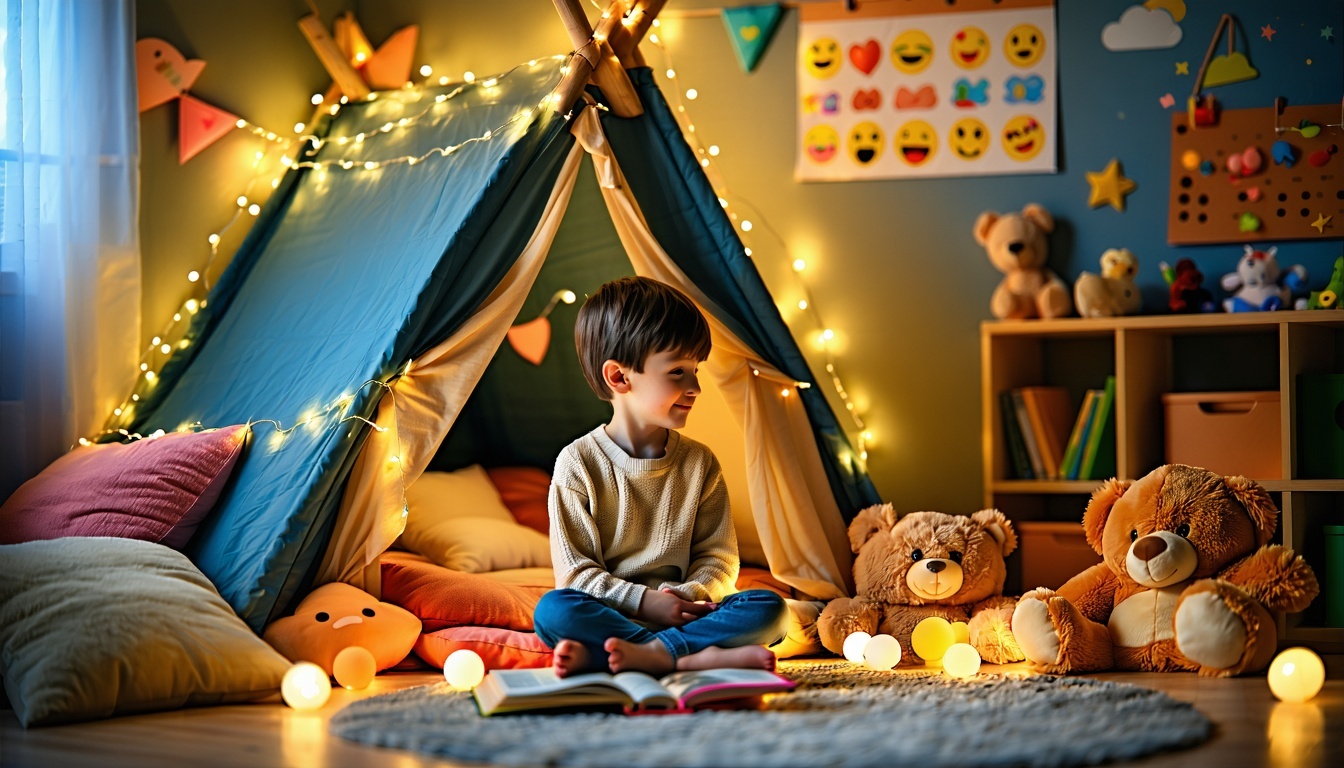
By Melissa Meyer, DNP, PMHNP
Some days, the sparkle just disappears.
Your child might be quieter.
Maybe they’re crying more, smiling less, or clinging harder to you than usual.
They don’t know why they feel this way—and neither do you.
You just know something feels… off.
This post is for those days—when sad feels big, and you're not sure how to help your child through it. It’s a moment so many families face, and I want you to know: you’re not alone, and there are gentle, real ways to support your child.
💙 Sad Isn’t Bad—But It Can Feel Overwhelming
Let’s start here: sadness is a normal emotion. It helps us slow down, reflect, and connect with what matters. But when sadness sticks around or grows too heavy for a child to carry, it can start to affect their mood, sleep, energy, and even self-worth.
In other words: when sadness becomes more than just “a bad day,” it might be something deeper—like childhood depression.
Depression in kids can show up differently than it does in adults. It might look like:
-
Irritability or crankiness
-
Withdrawal from friends or favorite activities
-
Trouble concentrating
-
Feeling tired all the time
-
Changes in sleep or appetite
-
Saying things like “I’m dumb” or “Nobody likes me”
Even small shifts in behavior are worth paying attention to. And remember: noticing changes isn’t overreacting—it’s parenting with heart.
🌈 What Your Child Needs Most
If your child is struggling with persistent sadness, the most powerful thing you can offer is connection—not correction.
They don’t need a pep talk or a fix.
They need presence.
They need you to say:
“I see you.”
“I’m here.”
“We’ll get through this together.”
Let’s talk about how to make that happen in everyday ways.
🛠️ Supportive Tools You Can Use Today
Here are a few small, simple things you can start doing to support your child when sad feels big:
🐢 1. Slow the Pace
Sometimes sadness signals that your child needs rest—not just physically, but emotionally. Let them have a slow morning. Cancel a non-essential activity. Offer a cozy movie night or an extra-long snuggle.
🗣️ 2. Use Feeling Words Together
Help your child name what they feel. Try:
-
“It looks like something’s weighing on you. Want to talk about it?”
-
“Are you feeling more sad, tired, mad, or just blah?”
Use emojis or a feelings chart to help—visuals work wonders.
🎨 3. Offer Creative Outlets
Sadness loves safe expression. Art, music, movement, and storytelling can all help kids process their emotions. Give them time to draw, dance it out, or make a “sad playlist” that you can listen to together.
🧸 4. Create a Comfort Ritual
Pick a simple, repeatable action that your child can rely on—like making tea together, reading a bedtime book, or taking a “worry walk.” Consistent comfort builds emotional safety.
📅 5. Track the Good (Gently)
Without forcing positivity, help them notice little bright spots. You might ask:
-
“What was one thing that felt okay today?”
-
“What made you smile, even a tiny bit?”
🌟 When to Get More Support
If your child’s sadness:
-
Lasts longer than two weeks
-
Starts affecting their school, friendships, or health
-
Involves hopelessness or scary thoughts
…it’s time to talk to a pediatric mental health provider (like me!) for an assessment. There’s no shame in getting help—just strength, courage, and a bigger care team to walk alongside you.
Remember, early support can prevent deeper struggles later on. And no, you’re not being dramatic—you’re being attuned.
💬 What I Tell Every Parent
Even the happiest kids can struggle. Even the best parents can feel lost.
If your child is feeling sad, you didn’t fail them—you’ve found an opportunity to build resilience together. You can model what it means to ask for help, to name emotions, and to treat feelings with compassion.
And if no one has told you this lately:
You’re doing an amazing job.
Your love does make a difference.
And your child is lucky to have you in their corner.
🦄 Melissa’s Magic Tip
Make a “Feelings Fort” together—blankets, pillows, soft lighting, and a few favorite books or stuffed animals. It’s not just a hideaway—it’s a safe emotional space they can go to when the blues feel big.
📩 Want more support like this?
Subscribe to my monthly Mindful Magic newsletter for tools, tips, and gentle encouragement from the Hazelwood team. You don’t have to navigate this alone—and you never have to do it perfectly.
